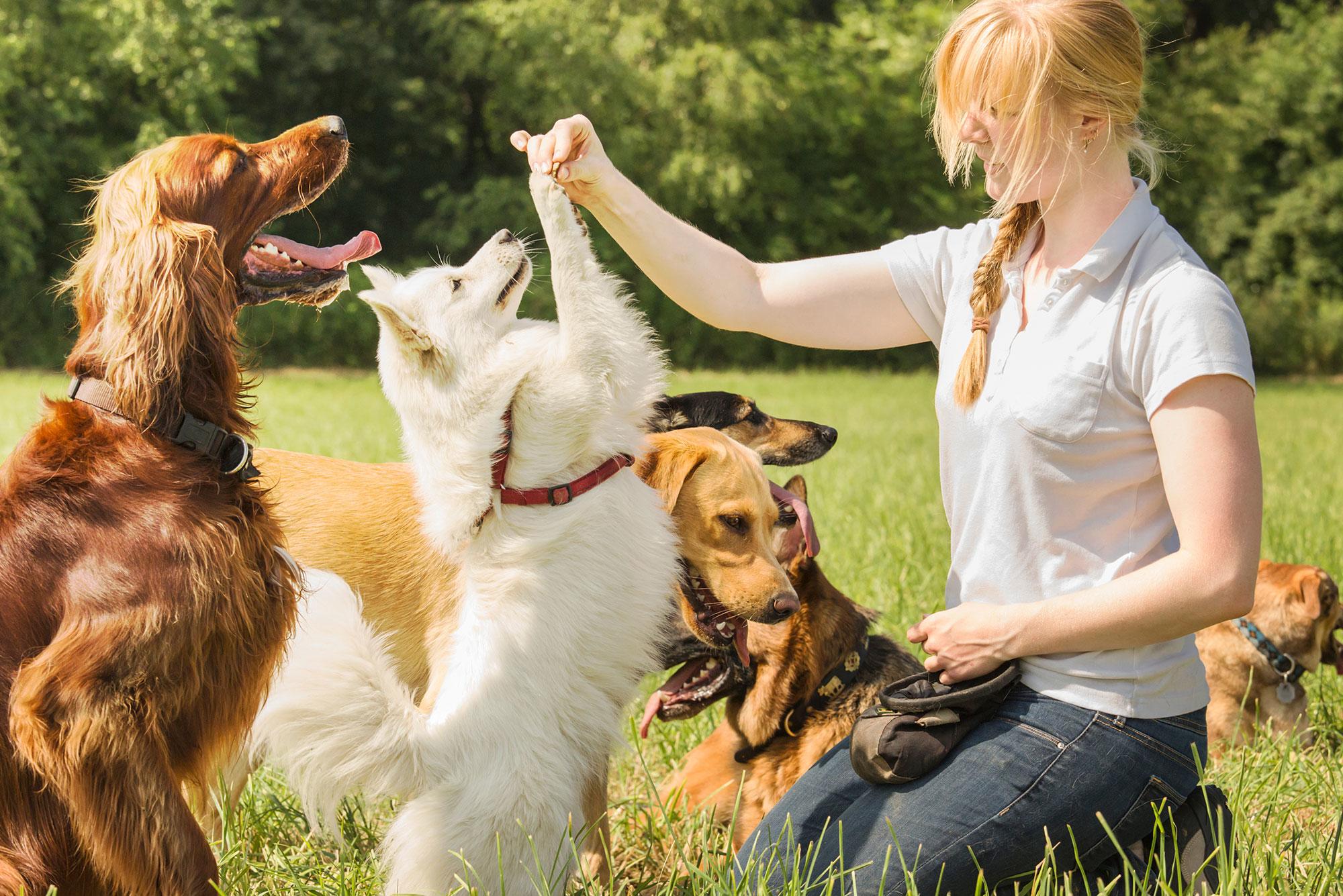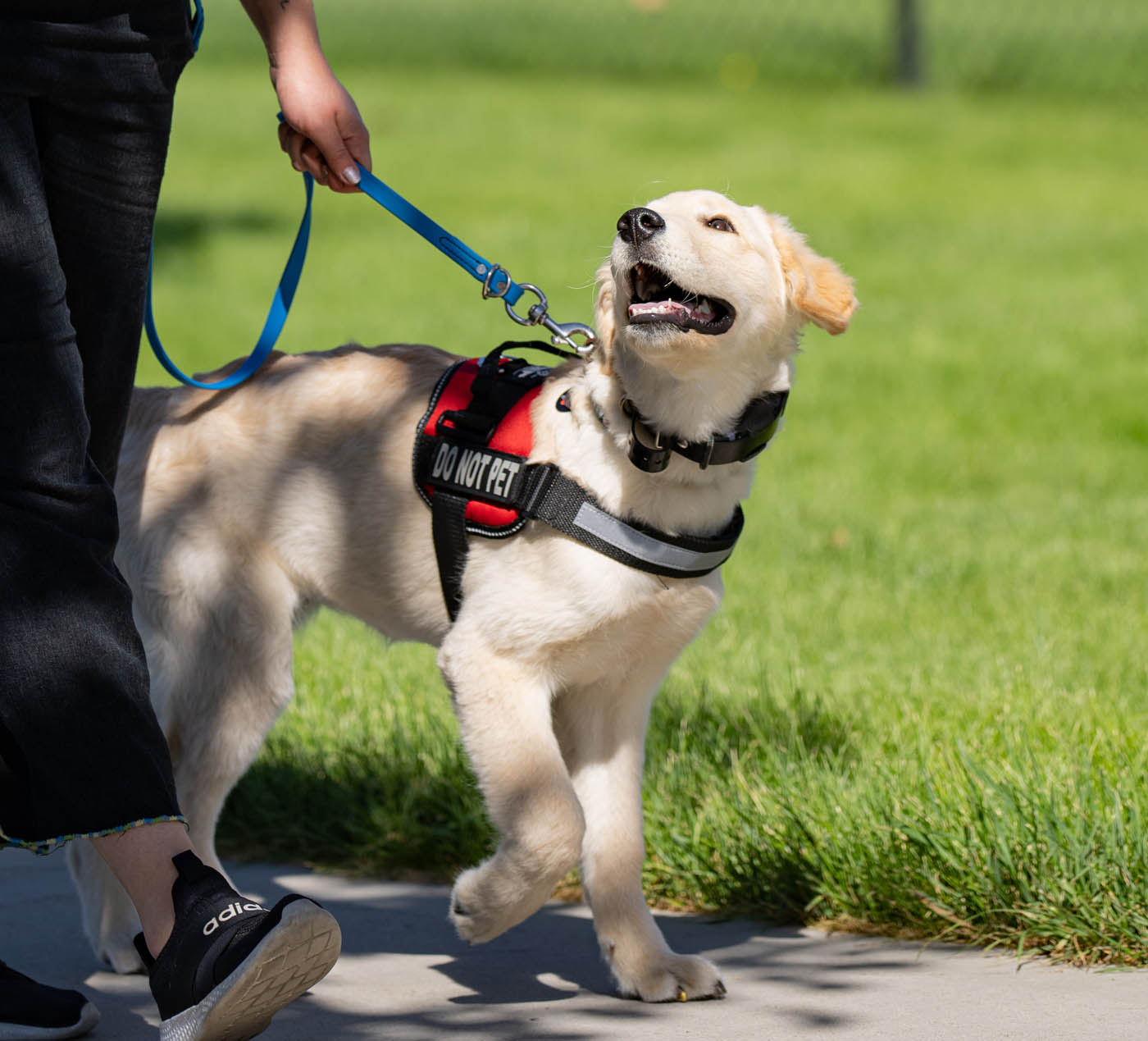Effective puppy Training techniques for your dog’s growth.
Effective puppy Training techniques for your dog’s growth.
Blog Article
Top Dog Training Tips for a Mannerly Companion
Educating your pet to be a mannerly companion calls for a nuanced understanding of canine behavior and the execution of effective techniques. The trip to a courteous pet dog involves even more than just these basics; it demands a much deeper expedition of techniques that can transform your training approach.
Understanding Dog Behavior
Understanding canine actions is important for efficient pet training and promoting a harmonious connection between pets and their proprietors. Pets are complex animals, displaying a broad range of habits influenced by genetics, setting, and socialization. Acknowledging the underlying motivations for a canine's activities-- such as worry, exhilaration, or territorial impulses-- can dramatically improve training performance.
Observing body movement is an important facet of understanding canine behavior. Tail placement, ear orientation, and pose can supply beneficial insights into a dog's emotional state. As an example, a wagging tail does not constantly suggest joy; it can likewise symbolize frustration or anxiousness. Social interactions with other pet dogs and human beings play an important role in forming habits. Pets that experience favorable socialization are usually more adaptable and well-mannered.

Important Educating Commands
Grasping vital training commands is vital for establishing efficient communication between pet dogs and their proprietors. These commands work as the structure for a mannerly pet and can considerably improve the overall relationship between pet and owner.
Trick commands consist of "Sit," "Keep," "Come," "Down," and "Heel." The command "Sit" is frequently the very first educated, as it encourages calmness and emphasis. "Keep" reinforces a canine's capacity to stay in one placement, promoting self-control. "Come" is important for safety and security, making certain that your pet returns to you when called. "Down" advises your pet to exist down, which can assist in managing fired up behavior. Dog training near me. Last but not least, "Heel" educates your canine to stroll along with you, fostering far better leash manners.
Exercising these commands in different atmospheres helps pet dogs generalize their training and respond properly, no matter of distractions. By investing time in teaching these essential commands, proprietors can grow a harmonious and respectful relationship with their canine buddies, improving both security and satisfaction in daily communications.
Favorable Support Methods
Positive support strategies are vital methods in dog training that concentrate check my blog on gratifying preferred behaviors to motivate their reoccurrence. This technique leverages the all-natural learning procedures of pets, allowing them to connect specific actions with favorable end results. By utilizing deals with, appreciation, or play as rewards, trainers can effectively encourage dogs to duplicate the behaviors they wish to strengthen.
To apply positive reinforcement, it is vital to provide rewards quickly after the preferred behavior occurs. This assists the dog make a clear connection in between their action and the incentive. Consistency is also vital; benefits ought to be provided every time the desired actions is shown throughout the first training stage, slowly transitioning to a variable routine as the habits becomes much more trustworthy.
In addition, choosing the ideal kind of reward is crucial. While deals with are commonly effective, some pet dogs may react much better to spoken appreciation or interactive play. Recognizing your pet dog's preferences can improve the training experience. Eventually, positive reinforcement fosters a relying on partnership between the pet and owner, making training a much more delightful and effective process that builds a well-behaved friend.

Socializing Strategies
Effective socialization methods are vital click here to read for a pet's growth, as they help establish a well-shaped and positive friend. Early exposure to various settings, individuals, and various other animals is essential to stop behavioral problems in adulthood. Start this procedure during the crucial socializing duration, which commonly occurs between 3 and fourteen weeks old.
Present your puppy to diverse stimulations, such as different surface areas, seems, and smells. Controlled encounters with various other canines and pleasant humans can cultivate favorable associations. Young puppy classes are a superb resource, offering organized settings for social communication and discovering fundamental commands.
Slowly raise the intricacy of socializing experiences. Take your pet to parks, pet-friendly shops, and public occasions, making sure each encounter is favorable. Observe your pet dog's reactions and remove them from frustrating circumstances to avoid fear-based actions.
Use positive reinforcement to award calm and certain actions throughout social interactions. This could entail treats, appreciation, or play. Bear in mind, patience is vital; each dog has its own rate for getting used to brand-new experiences. By implementing these socialization methods, you lay check this site out the foundation for a well-adjusted and sociable canine friend.
Consistency and Regular
Establishing consistency and regimen in pet training is necessary for fostering a feeling of protection and understanding in your pet. Pets flourish on predictability; understanding what to anticipate helps them feel secure and minimizes stress and anxiety.
Including an organized regimen into your training sessions also enhances your pet's understanding experience - Dog training near me. Set up everyday training sessions at the very same time each day, guaranteeing that both you and your canine are mentally ready. Short, frequent training sessions are extra effective than long, occasional ones; go for 5 to 10 mins of focused training multiple times a day
Include training right into everyday tasks-- reward your pet for resting prior to dishes or walking smoothly on a leash. In general, a regular technique, paired with a structured regimen, lays the structure for a well-behaved companion, advertising a harmonious relationship between you and your canine.
Conclusion
Finally, effective canine training depends on recognizing canine habits and executing important commands such as "Sit," "Stay," and "Come." Favorable reinforcement methods offer to encourage desired actions, while very early socializing prepares pets for varied atmospheres. Developing consistency and a regular fosters predictability, which adds to a well-behaved companion. By emphasizing these vital aspects, the bond between owner and pet dog enhances, inevitably causing a harmonious and satisfying relationship.
Report this page